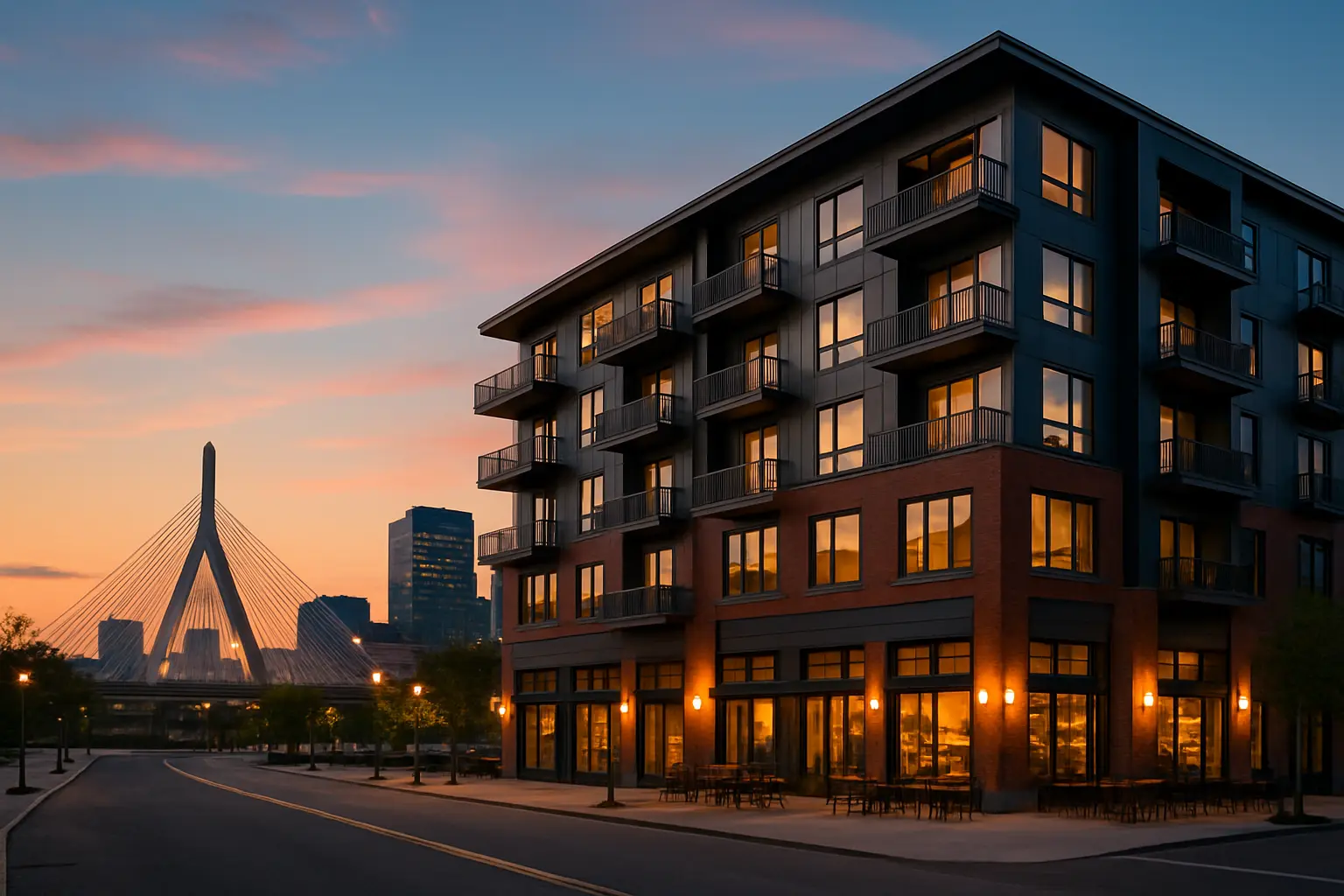From Quincy to Boston: The Hidden Value of Mixed-Use Properties in Greater Boston
Discover how savvy investors are maximizing returns by blending commercial and residential spaces in two of Massachusetts' most dynamic markets

The Growing Appeal of Mixed-Use Properties
In the evolving landscape of Greater Boston's real estate market, mixed-use properties have emerged as powerful investment vehicles that offer unique advantages in urban development. These versatile properties, combining commercial and residential spaces, are reshaping communities while providing investors with multiple revenue streams and reduced risk exposure.
The symbiotic relationship between commercial and residential components creates a self-sustaining ecosystem that benefits both tenants and property owners. Residential tenants enjoy the convenience of ground-floor retail and services, while businesses benefit from a built-in customer base, creating a virtuous cycle of value creation.
Boston and Quincy Market Analysis
The Greater Boston area, particularly Boston proper and Quincy, presents compelling opportunities for mixed-use investment. Recent market data shows strong demand for these properties, with occupancy rates consistently exceeding market averages.
Boston Market Highlights
- Premium locations like Seaport District and Back Bay commanding top-tier rents
- Strong tech sector driving demand for live-work-play environments
- Historical preservation projects creating unique investment opportunities
Quincy's Emerging Opportunities
- Quincy Center revitalization attracting young professionals
- Lower acquisition costs compared to Boston proper
- Improved transit connectivity enhancing property values
Strategic Investment Considerations
Success in mixed-use property investment requires careful attention to several critical factors:
Regulatory Framework
Understanding local zoning laws and development regulations is crucial. Both Boston and Quincy have specific requirements for mixed-use developments, including:
- Height and density restrictions
- Parking requirements
- Commercial-to-residential ratio guidelines
Tenant Mix Optimization
Creating the right balance of tenants is essential for long-term success. Consider these key factors:
- Complementary business types
- Target demographic alignment
- Anchor tenant selection
Future Growth Potential
The future of mixed-use properties in Greater Boston looks promising, driven by several key factors:
Infrastructure improvements, including enhanced public transportation and waterfront development, are creating new opportunities for mixed-use projects in both established and emerging neighborhoods.
Demographic Trends
The region continues to attract young professionals and empty nesters who value walkable communities and convenient amenities. This demographic shift supports the long-term viability of mixed-use developments.
Market Evolution
- Growing emphasis on sustainable design and green building practices
- Integration of smart building technology
- Increased demand for flexible work/live spaces
For investors looking to capitalize on Greater Boston's real estate market, mixed-use properties offer a compelling combination of stability and growth potential. By carefully considering location, tenant mix, and market trends, investors can position themselves to benefit from this dynamic sector of the real estate market.


